To address unknown quantum gravitational effects in the early universe, physicists have recruited string theory to help solve the problem.
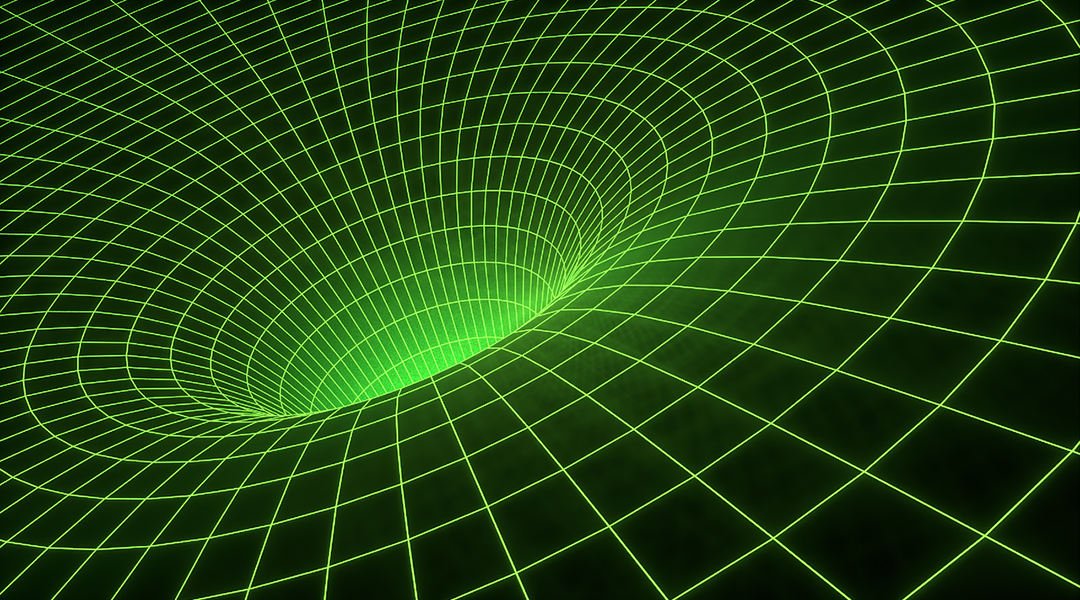

To address unknown quantum gravitational effects in the early universe, physicists have recruited string theory to help solve the problem.
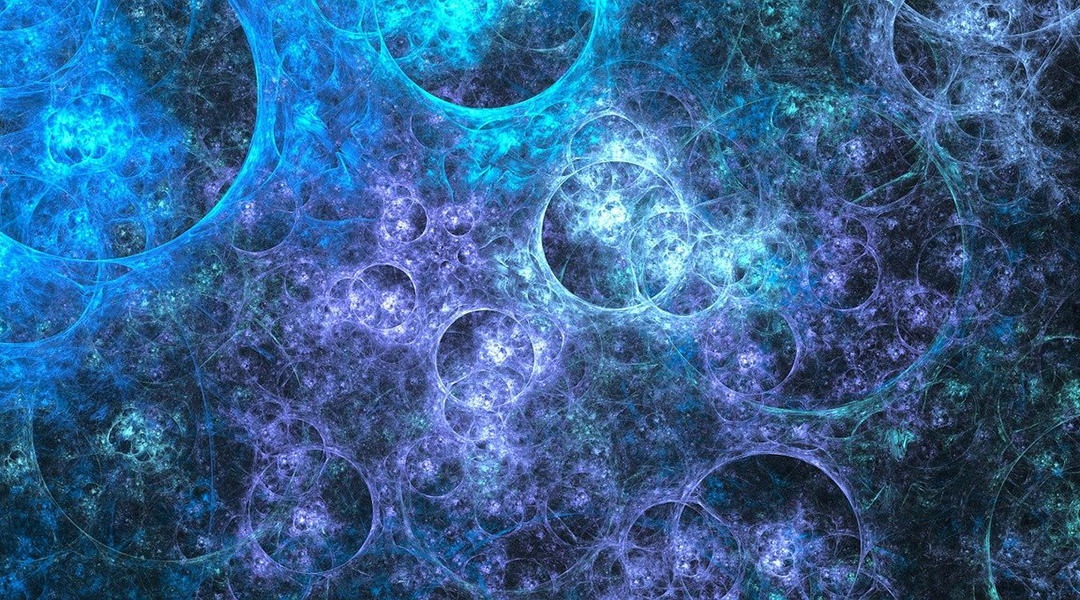
Gravitational waves produced by the phase transitions of matter right after the Big Bang could provide new insights into particle physics.
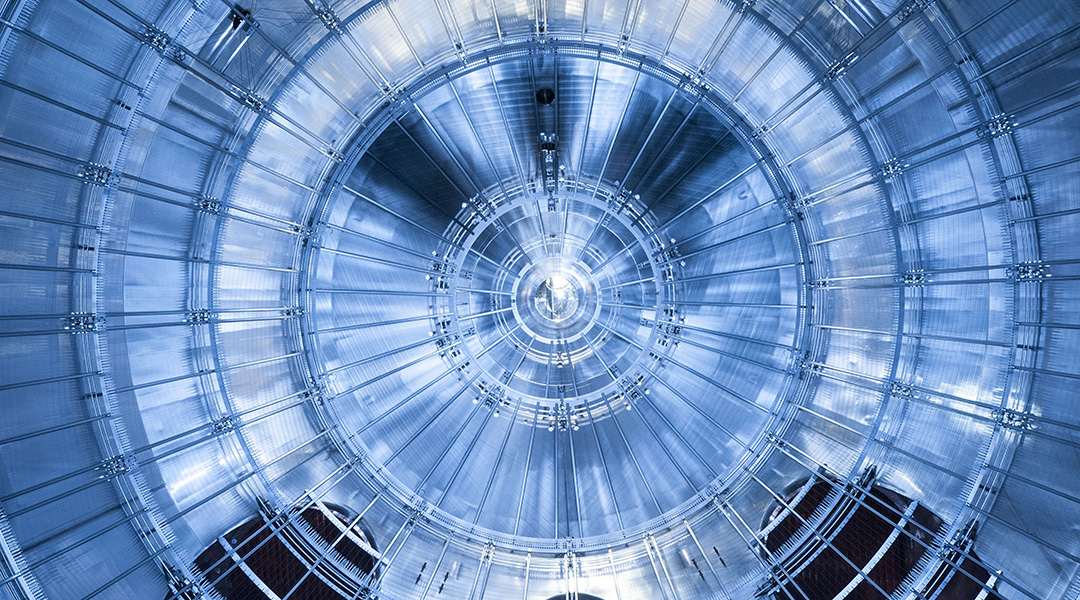
Scientists have constrained the mass of neutrinos to less than 1 eV for the first time, breaking an important barrier in neutrino physics.
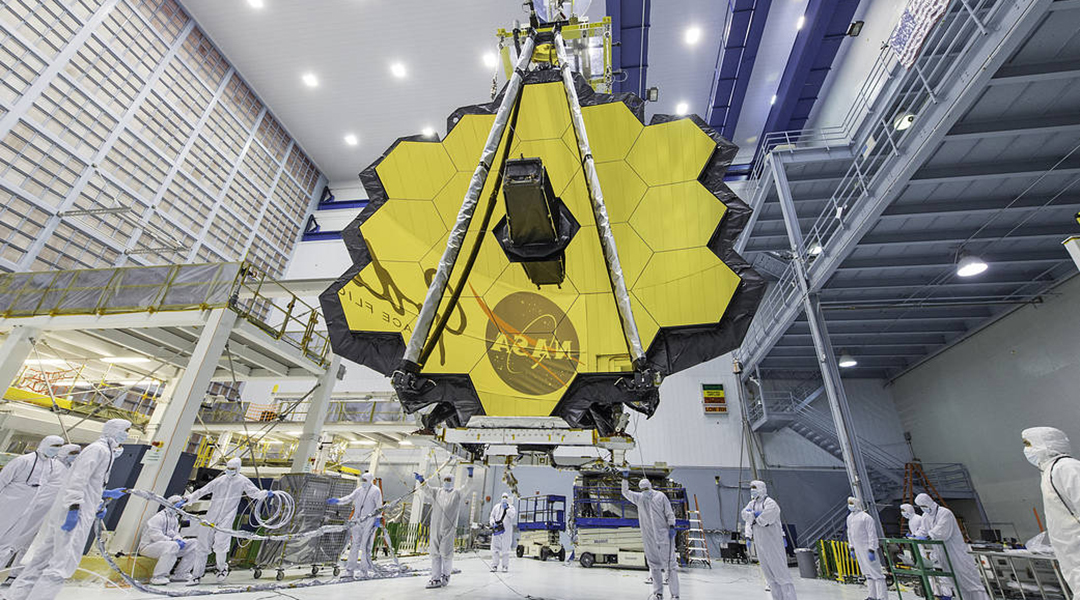
The new James Webb Space Telescope will collect infrared light from distant corners of the cosmos, enabling scientists to see further than ever before.
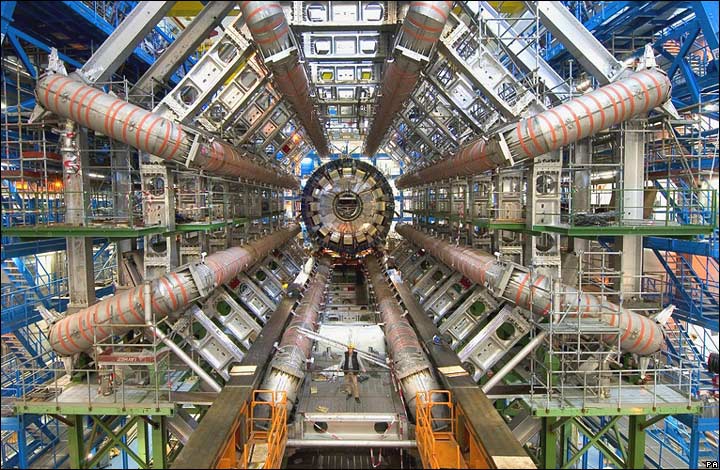
How did the results at CERN get so badly misrepresented?
![Understanding Resistive Switching [Video]](https://www.advancedsciencenews.com/wp-content/uploads/2019/10/Feature_ASN.png)
Resistive switching occurs when a dielectric suddenly changes its resistance in the presence of a strong electric field. This phenomenon underpins the behavior of devices such as memristors and neuromorphic memories. In Advanced Materials, Prof. Manfred Martin of...

Researchers have determined the extent to which pH can predict soil organic carbon density depending upon the nature of the land use.
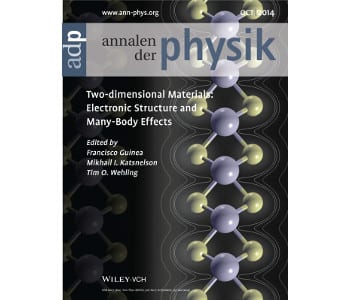
Special issue, guest-edited by F. Guinea, M. I. Katsnelson, and T. O. Wehling, is focused on electronic structure and other properties of 2D materials.
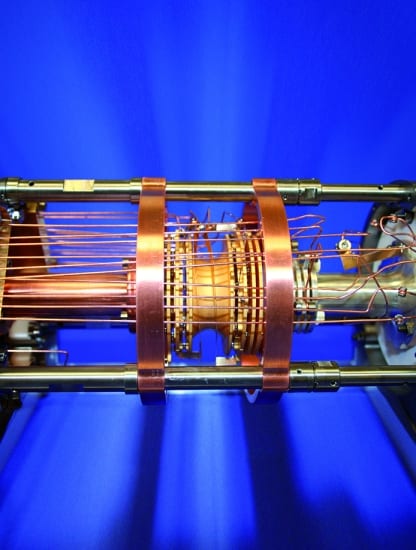
Precision measurements at low energies play a central role in the paradigm shifts of modern physics.
Paul O’Brien’s research centres on developing new chemical processes for thin films and nanoparticles, especially of chalcogenide-containing materials.